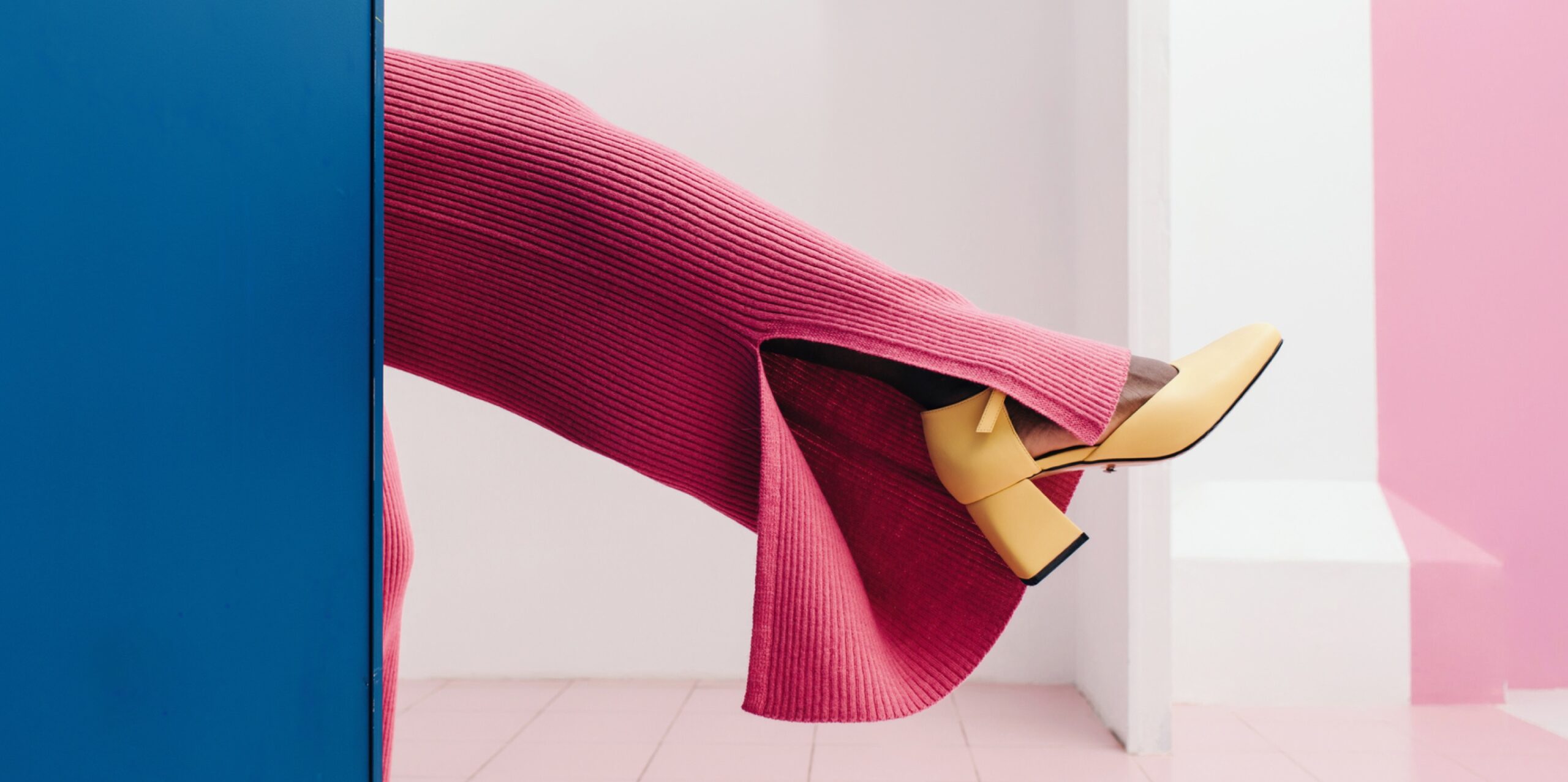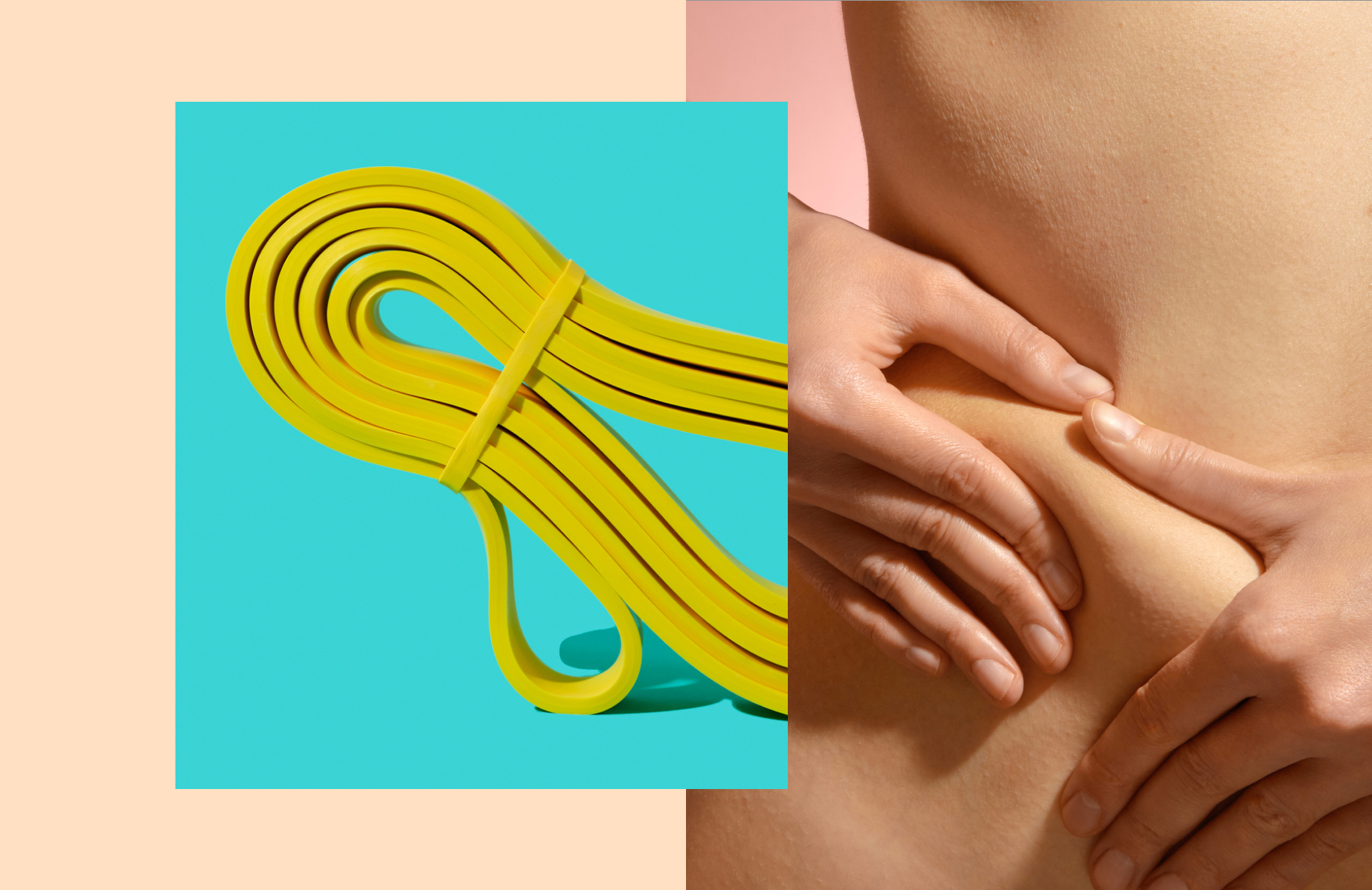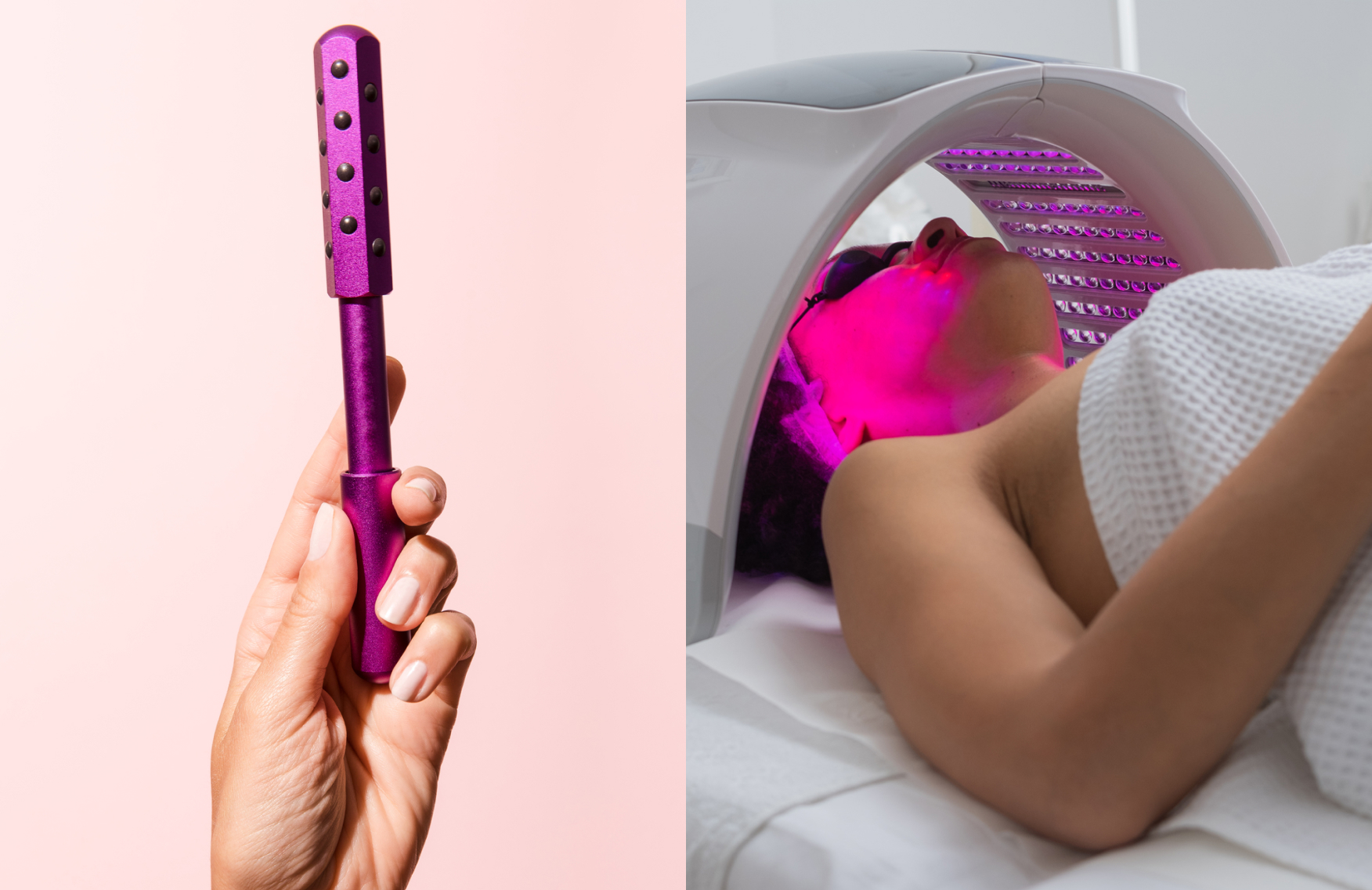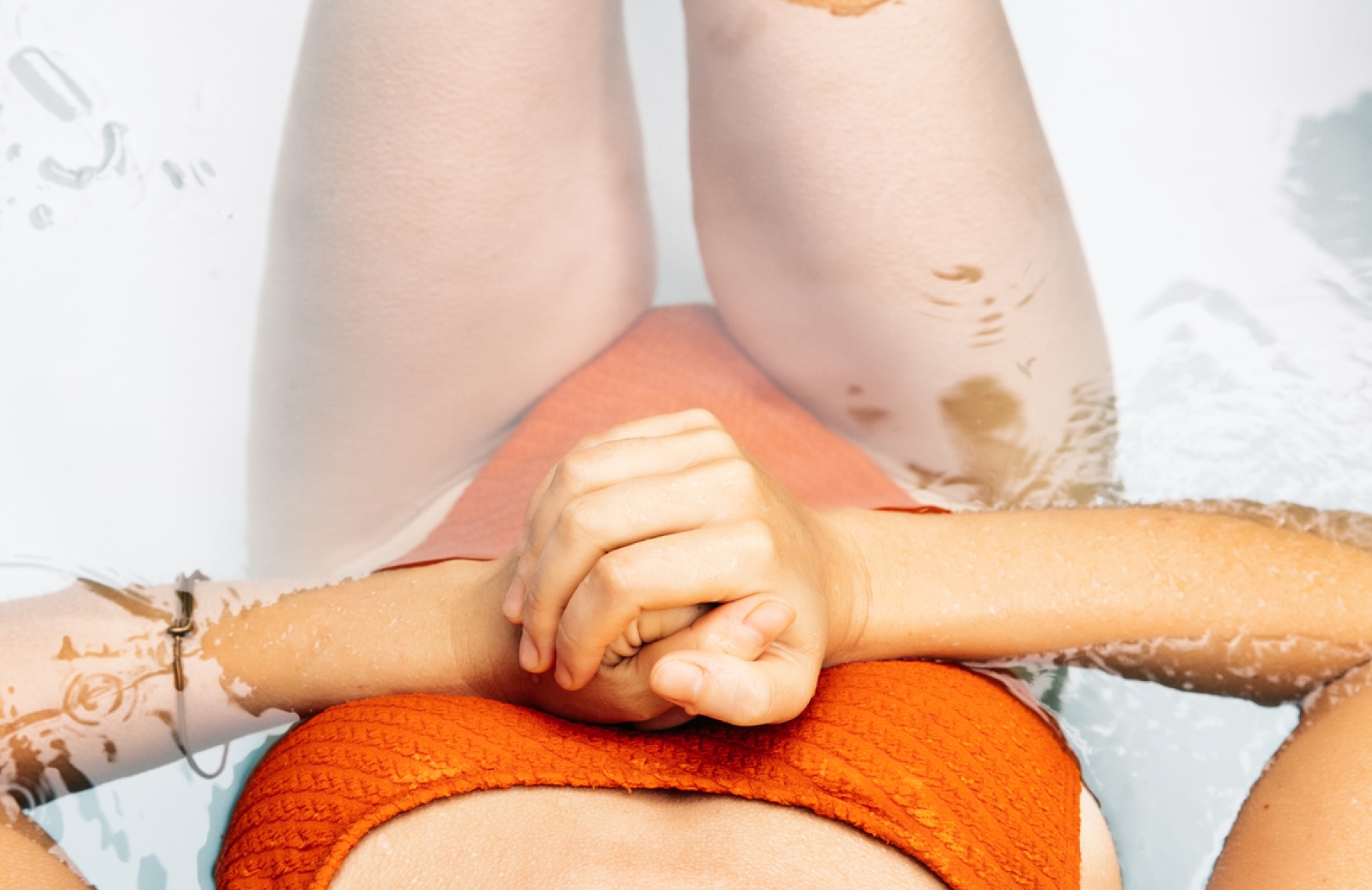Is your footwear affecting your health and stress levels? A board-certified podiatrist explains all, from heel heights to sneaker trends

We all know heel height is important, in fashion and function—no one likes to see people unable to walk in sky-high stilettos—yet, sometimes we ignore how shoes may feel and neglect our foot health. San Francisco-based board-certified podiatrist and founder of E’MAR footwear, Dr. Najwa Javed, discusses the importance of your footwear and why everything starts from the ground (read: feet) up.
What should we look for when buying shoes?
Dr. Javed: First, make sure the sole of the shoe is stable and doesn’t bend too much. Second, if it’s a heel, it should have a height of two to three inches, with a block heel or a slight anterior translation on the heel, so that it’s a little closer to your toe box. The incline you’re looking for is about two and a half to three inches from the base of the shoe, at the level of the where the toe box is.
For people who have pain in the ball of the foot, it’s much more beneficial that the tip of the shoe is pointing upward; that helps you propel forward when you’re walking. Next, look for a wide toe box, because when you go up on your toes, the forefoot spreads a little bit. The last thing to look for is a shoe can stretch a bit—leather is a great option for that.
What type of footwear is best for our feet?
Dr. Javed: A little bit of heel is good for our posture, because it helps take the tension off our hamstrings, calf muscles and back. Though it seems counterintuitive, very flat shoes could cause a lot of pain, because they can exacerbate underlying conditions, like torn tendons. The optimal heel height is usually between an inch to three inches, depending on your body’s needs.
What are your thoughts on the sneaker trend? Is it OK for your feet to be in sneakers all day?
Dr. Javed: In general, sneakers are made with a lot of rubber and foam. They’re very padded and cushioned. And that’s not a problem, but [look for] a sneaker that has a lot of structure and doesn’t bend easily. And I recommend buying a half size larger for any shoes, but especially athletic ones.
Why is skincare on your feet is as important as the rest of your body?
Dr. Javed: We usually don’t look at our feet, and that’s where most people start to develop conditions like athlete’s foot. We see a lot of people with excellent hygiene who have severe athletes’ foot; they end up inadvertently getting fungal toenails. So, one of the most important aspects of caring for the skin on your feet is to hydrate and moisturize. I like to use coconut oil, as it’s super moisturizing and can help keep the skin strong and healthy.
What’s your take on Korean foot peel masks, like Baby Feet?
Dr. Javed: If you have calluses and dry feet, it’s helpful to use a solution or cream that’s keratolytic, (aka a chemical exfoliant) like the Korean foot peel (Baby Foot). But when dealing with acids, be very careful—I recommend only using over-the-counter versions, because the chemicals in them contain low doses of acids and are usually safe.
If you’re worried about using a foot peel, don’t do it. Instead, just wash your feet with soap and water and then hydrate with a thick moisturizer. Or if you’re really trying to hydrate the skin on your feet, get paraffin wax treatment, which can help a lot.
What’s your single most important piece of advice for good foot health?
Dr. Javed: Prevention. By educating yourself about which shoes are best for your feet and body type, you can avoid a lot of injury and trauma that would cause you to need surgical intervention later in life.
I recommend getting a consultation from a podiatrist to check out what your foot is like, learn what size it really is — you should have your shoe size measured every five years and take care of your feet, since they’re an integral part of keeping you healthy and walking for the rest of your life.


